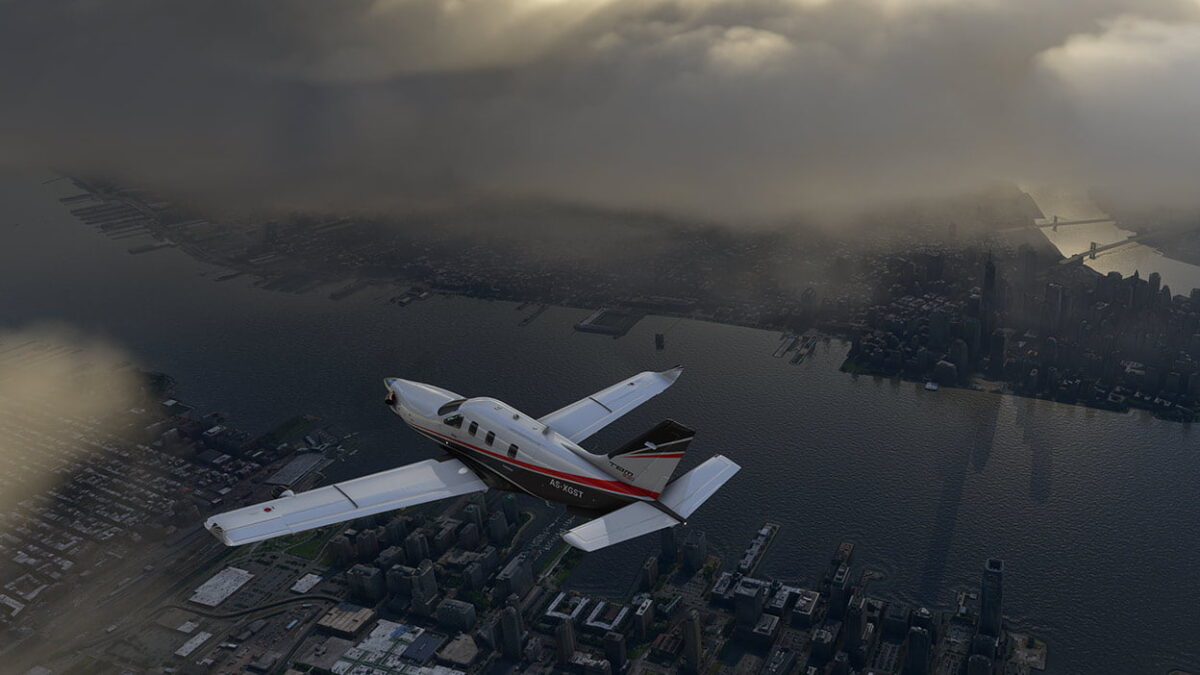Nvidia DLSS improves the frame rate of Microsoft Flight Simulator VR

Update 10 for Microsoft Flight Simulator introduces Nvidia DLSS. Framerates benefit from AI-assisted upscaling in virtual reality.
After a postponement, Asobo Studio rolled out update 10 for Microsoft Flight Simulator. Among other things, it improves the Direct-X-12 compatibility. The new support for Nvidia's "Deep Learning Super Sampling" (DLSS) also helps to reduce the load on the graphics card when gaming in virtual reality.
While the Tensor cores upscale low-resolution backdrops and provide them with anti-aliasing, the other shader units have more resources available for higher frame rates.
DLSS: A "gamechanger" for VR frame rates
The Youtuber VR Flight Sim Guy has already experimented with different settings (such as for the Varjo Aero). In this context, he talks about a big difference in the frame rate. This is especially true in performance mode, he says: "I'm not gonna say the word game changer, but it kind of is for VR, right?"
For the increase in frames-per-second, he is willing to sacrifice a bit of clarity in the image impression. The latter can still be improved quite effectively with about 110 percent supersampling, for example in the OpenXR tools for WMR headsets like the HP Reverb G2 (review). Other VR-relevant innovations of the update include a depth reprojection option, which also provides a smoother image according to developer Asobo.
The update also affects some details for perceiving the world in virtual reality. A "World Scale Perception Slider", for example, helps with the smooth adjustment of the size ratios. The default start position in VR is also corrected. Other bug fixes and improvements include better visibility of the cockpit in overly bright lighting conditions.
Further, the developers patched the saving of window positions and panels opened in VR. The latter now remain open on the monitor even after switching to the classic game. Click here for the complete patch notes in Update 10 (Release Notes 1.27.21.0).
DLSS 3 should make Flight Simulator faster and more beautiful
In the future, DLSS 3 could contribute to an even smoother image impression in Flight Simulator. But, only on the upcoming GeForce RTX-40 cards and as soon as a corresponding game update comes. The simulation suffers from slight frame rate "hangs" at times and is heavily CPU-limited.
Since DLSS 3 decouples the rendering of new images from the game engine by using "Optical Multi Frame Generation", the technology will also be able to bypass CPU limitations in the future.
Note: Links to online stores in articles can be so-called affiliate links. If you buy through this link, MIXED receives a commission from the provider. For you the price does not change.